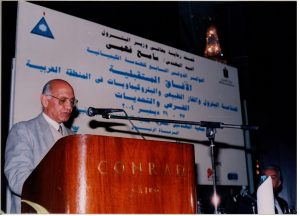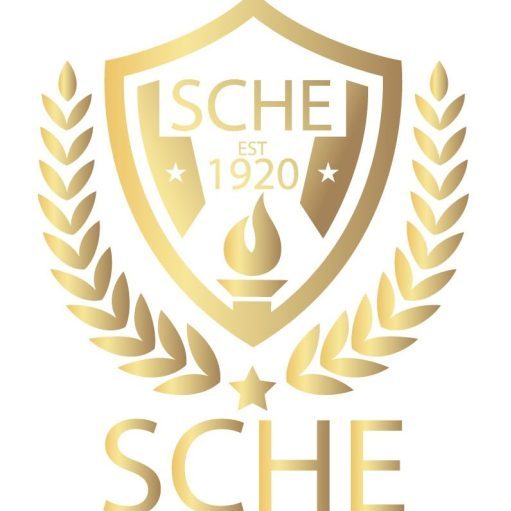
Reuse of Hydrotreating Spent Catalyst
ABSTRACT
All hydro treating catalysts used in petroleum refining processes gradually
lose activity through coking, poisoning by metal, sulfur or halides or lose
surface area from sintering at high process temperatures.
Waste hydrotreating catalyst, which have been used in re-refining of waste
lube oil at Alexandria Petroleum Company (after 5 years lifetime) compared
with the same fresh catalyst were used in the present work.
Studies are conducted on partial extraction of the active metals of spent
catalyst (Mo and Ni) using three leaching solvents,4% oxidized oxalic
acid,10% aqueous sodium hydroxide and 10% citric acid . The leaching
experiments are conducting on the decoked extrudate [uncrushed] spent
catalyst samples. These steps are carried out in order to rejuvenate the spent
catalyst to be reused in other reactions.
The results indicated that 4% oxidized oxalic acid leaching solution gave total
metal removal 45.6 for decoked catalyst samples while Naoh gave 35% and
citric acid gave 31.9 %
The oxidized leaching agent was the most efficient leaching solvent to
facilitate the metal removal, and the rejuvenated catalyst was characterized by
the unchanged crystalline phase
The rejuvenated catalyst was applied for hydrodesulfrization (HDS) of
vacuum gas oil as a feedstock, under different hydrogen pressure 20-80 bar in
2
order to compare its HDS activity, , diesel index and other quality product
characteristics with both the fresh and spent samples.
The results indicated that the rejuvenation techniques introduce a catalyst have
an HDS-activity nearly approached to that of the fresh of the same type,
depending on the reaction temperature, i.e. at 50 bar ,the treated catalyst
restored nearly 81% its HDS activity at 340 oC and 96% at 380 oC.
Reuse of Hydrotreating Spent Catalyst
